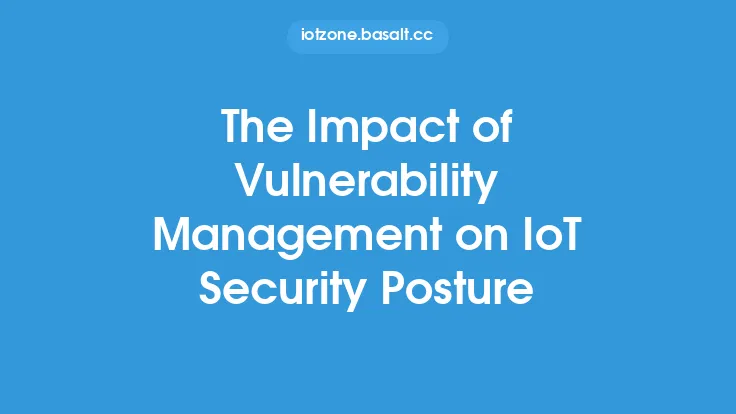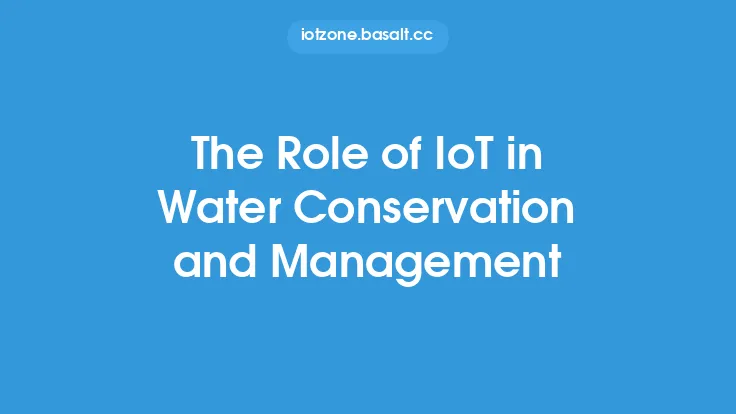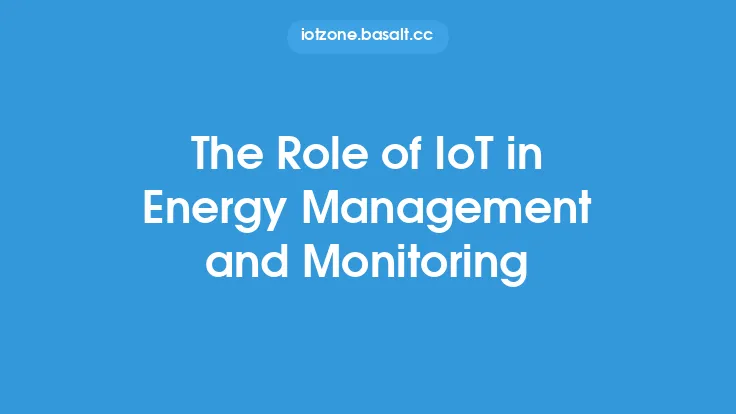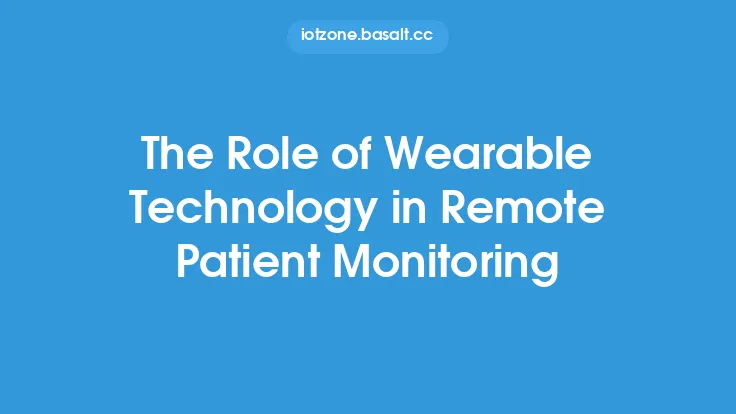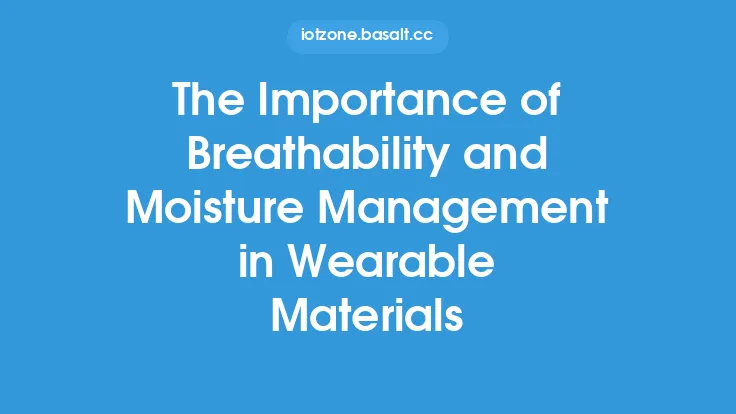The increasing complexity and interconnectedness of Internet of Things (IoT) devices have created a vast attack surface, making them a prime target for cyber threats. As the number of IoT devices continues to grow, the need for effective vulnerability management has become a critical concern. One crucial aspect of vulnerability management in IoT is penetration testing, which plays a vital role in identifying and exploiting vulnerabilities in IoT devices and systems. In this article, we will delve into the world of penetration testing in IoT vulnerability management, exploring its importance, methodologies, and best practices.
Introduction to Penetration Testing
Penetration testing, also known as pen testing or ethical hacking, is a simulated cyber attack against a computer system, network, or IoT device to assess its security vulnerabilities. The primary goal of penetration testing is to identify weaknesses in the system, exploit them, and provide recommendations for remediation. In the context of IoT, penetration testing is used to evaluate the security posture of devices, networks, and systems, helping organizations to strengthen their defenses against potential attacks.
Methodologies and Techniques
Penetration testing in IoT involves a range of methodologies and techniques, including:
- Black Box Testing: This approach involves testing the IoT device or system without any prior knowledge of its internal workings or architecture. The tester attempts to exploit vulnerabilities using publicly available information and tools.
- White Box Testing: In this approach, the tester has complete knowledge of the IoT device or system, including its internal architecture, source code, and configuration. This allows for a more thorough and detailed analysis of the system's security vulnerabilities.
- Gray Box Testing: This approach combines elements of black box and white box testing, where the tester has some knowledge of the IoT device or system, but not complete access to its internal workings.
- Fuzz Testing: This technique involves providing invalid or unexpected input to the IoT device or system to identify potential vulnerabilities and crashes.
- Network Scanning: This involves using tools to scan the network for open ports, services, and devices, helping to identify potential entry points for attackers.
Tools and Frameworks
Penetration testers use a range of tools and frameworks to conduct IoT vulnerability assessments, including:
- Metasploit: A popular penetration testing framework that provides a comprehensive set of tools for exploiting vulnerabilities and managing attacks.
- Burp Suite: A suite of tools for web application security testing, including vulnerability scanning, fuzz testing, and exploit development.
- ZAP (Zed Attack Proxy): An open-source web application security scanner that helps identify vulnerabilities and weaknesses in IoT devices and systems.
- Nmap: A network scanning tool that helps identify open ports, services, and devices on the network.
Best Practices for Penetration Testing in IoT
To ensure effective and safe penetration testing in IoT, the following best practices should be followed:
- Define Clear Objectives: Clearly define the objectives of the penetration test, including the scope, goals, and deliverables.
- Conduct Thorough Reconnaissance: Gather as much information as possible about the IoT device or system, including its architecture, configuration, and potential vulnerabilities.
- Use Safe and Controlled Testing Methods: Ensure that testing methods are safe and controlled, avoiding any potential damage to the IoT device or system.
- Maintain Confidentiality and Integrity: Ensure that all testing activities are conducted in a confidential and integrity-preserving manner, avoiding any potential data breaches or leaks.
- Provide Detailed Reporting and Recommendations: Provide detailed reports and recommendations for remediation, including steps to mitigate identified vulnerabilities and strengthen the overall security posture of the IoT device or system.
Challenges and Limitations
While penetration testing is a crucial aspect of IoT vulnerability management, it is not without its challenges and limitations. Some of the key challenges include:
- Complexity and Interconnectedness: IoT devices and systems are often complex and interconnected, making it difficult to identify and exploit vulnerabilities.
- Limited Visibility and Control: Penetration testers may have limited visibility and control over the IoT device or system, making it challenging to conduct thorough and effective testing.
- Potential for Damage: Penetration testing can potentially cause damage to the IoT device or system, highlighting the need for safe and controlled testing methods.
- Evolving Threat Landscape: The IoT threat landscape is constantly evolving, with new vulnerabilities and threats emerging on a daily basis.
Conclusion
Penetration testing plays a vital role in IoT vulnerability management, helping organizations to identify and exploit vulnerabilities in IoT devices and systems. By using a range of methodologies and techniques, tools and frameworks, and following best practices, penetration testers can provide valuable insights and recommendations for remediation, strengthening the overall security posture of IoT devices and systems. However, penetration testing in IoT is not without its challenges and limitations, highlighting the need for careful planning, execution, and ongoing monitoring and evaluation. As the IoT landscape continues to evolve, the importance of penetration testing in IoT vulnerability management will only continue to grow, helping to protect against the ever-increasing threat of cyber attacks and data breaches.
